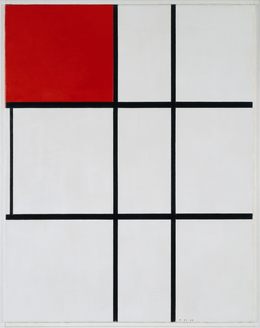After a discussion with Ryan to broaden out ideas I had before, it became much clearer where I should be concentrating more on with the theme of my choice. Since I have mentioned that I will be specializing on environmental art, there were several aspects which needs to be more concentrated on, such as the usage of value, intensity in colour or the right usage of form. What makes these element unique and how can these element able to shine out the painting. Maybe these process is to find out my personal answer by experimenting numerous times. These formal elements of art is crucial to all artists, not just for painters since some aspects of formal element such as shape and form define objects with 2 & 3 dimensional, specifically speaking, Michelangelo uses form the most in his painting since he is sculptor, not a painter. This gave him more insight towards to the understanding of 3 dimensions and the anatomy and reaction of human (muscles).
Texture: the way something feels, or looks like it feels. For example, to portray the image of grass, right amount of colour, line and shading need to be apply to create the meaning of texture.
Colour: is the way various qualities of life reflected of objects and capture it by the eye. It can also have several meanings, such as when the colour is yellow or brow, it has the earthy textures and has the warm feeling, whereas the opposite to those colours, such as blue or black, it has the cool feeling to it.
Line: This element is an identifiable path created by a point moving within certain space. It is easy to define different paths of line if the artist carefully analyze it. Line is one of the most important aspect of art itself. There are four different types of line: horizontal, vertical, diagonal and curved.
Shape : These two elements define objects in space. Most likely to have two dimensions, such as width, height and depth. However, these two have it's own aspects and able to tell the differences between these two.
Form
-Shape: this form has only height and width, just like 2 dimensional painting.
-Form: this from has height, width and depth, best example for this element would be sculpture or other 3 dimensional creations.
Pattern: this form describes the repeated design in the painting or other categories of art, e.g. decorative wall where the design repeats itself, or natural like fur or wood. Pattern can be created by other types of elements such as shape, form, colour, line etc.



















































